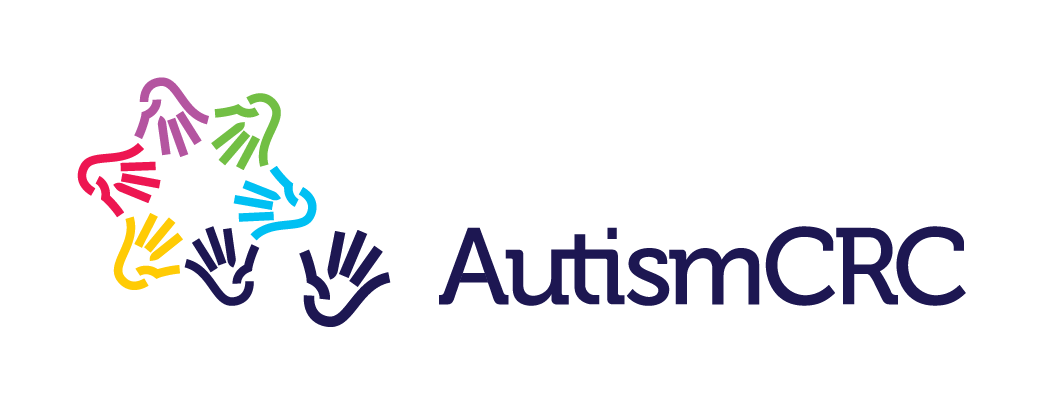Mistreatment in the workplace

Key points
-
There are laws to protect people from mistreatment in the workplace.
-
In the workplace, you have a right to be kept safe, and a responsibility to do your job safely.
-
If you experience any mistreatment (or safety breaches) in the workplace, report it to the safety and health representative, your supervisor or another appropriate person as soon as possible.
Mistreatment
Just like any social situation, unfortunately, workplaces aren’t immune to people demonstrating bad behaviours. Being mistreated at work can take a toll on your health and wellbeing. There are laws to protect people from mistreatment in the workplace. The following information is provided to help you identify the types of mistreatment that can occur and where to go for support.
Harassment
Harassment occurs when an employee is subjected to unfair, inappropriate, or intrusive behaviours by others because of a personal characteristic. Some of these characteristics include:
-
race, ethnic background, or immigration status
-
marital status or choice to parent children
-
age
-
disability
-
religion
-
sexuality and gender identity.
Examples of harassment include asking sexually explicit questions, telling racist jokes, or using ableist insults.
Bullying
Bullying occurs when an employee experiences a repeated pattern of hostile and unreasonable behaviours from others in the workplace. Bullying can happen in different forms:
-
physical – for example, being grabbed or pushed by someone
-
verbal – for example, being yelled at or called unpleasant names by someone
-
social/emotional – for example, purposefully be excluded from workplace social events or opportunities or having untrue rumours spread about you.
If you are experiencing workplace bullying, or you are unsure whether you are and want to talk to someone else about how you are feeling, you can call anytime:
Lifeline Australia 13 11 44
Beyond Blue Support Service (in Australia) 1300 22 4636
Kids Help Line (in Australia) 1800 551 800. Kids Helpline provides services for young people up to 25 years old.
Discrimination
Discrimination occurs when an employee is denied equal treatment due to a protected characteristic. This can happen at various stages of being employed, such as:
-
during the recruitment process
-
when drafting the terms, conditions, and entitlements in an employee’s contract
-
when considering an employee for training, promotions, and other opportunities
-
when considering whether to end someone’s employment
For example, overlooking someone for a promotion due to their pregnancy (and parental leave) is a form of discrimination. The Fair Work Commission offers more information on this topic, along with advice about what to do if you experience discrimination in the workplace.
Workplace Health and Safety (WHS)
Workplace Health and Safety (WHS), sometimes called occupational health and safety (OH&S), involves the management of risks to the health and safety of everyone in your workplace.
In the workplace, you have a right to be kept safe, and a responsibility to do your job safely. Workplace Health and Safety (WHS) often relates to physical safety, such as keeping a worksite secure or providing sufficient training for employees to use special equipment. However, these obligations also extend to psychological safety, such as protecting employees from bullying and providing reasonable breaks.
Even with the necessary precautions in place, sometimes accidents happen – for instance, an employee could simply trip over their own feet! In each workplace, there is usually an employee who takes on the role of safety and health representative in addition to their other job duties. They might be in charge of administering first aid and helping to investigate and write up reports if any serious accidents or near-miss events occur onsite. It’s a good idea to introduce yourself to this employee and let them know if you have any concerns about health and safety at the workplace.
Help
If you experience any mistreatment (or safety breaches) in the workplace, report it to the safety and health representative, your supervisor, or another appropriate person as soon as possible. You should also do this if you witness someone else having these experiences too.
If the issue continues (or the person doing the harassment or bullying is your supervisor or another manager), you may need to seek external support. To get help from outside of your organisation, you can:
- visit the Safe Work Australia website. On this website, you can find the contact details to the specific work safety agency based on where you live and work.
- check out the Australian government’s Fair Work Ombudsman’s Bullying and Harassment and Protection from Discrimination website pages that provide more information on these topics.
More information
The Australian Government Business website has some information about Workplace Health and Safety.

